News Beat
News Beat reporting is an idrw.org initiative to let our Readers to report News Based on Actual facts but some how has not been reported in Main Stream Media .
SOURCE: RAUNAK KUNDE / NEWS BEAT / IDRW.ORG
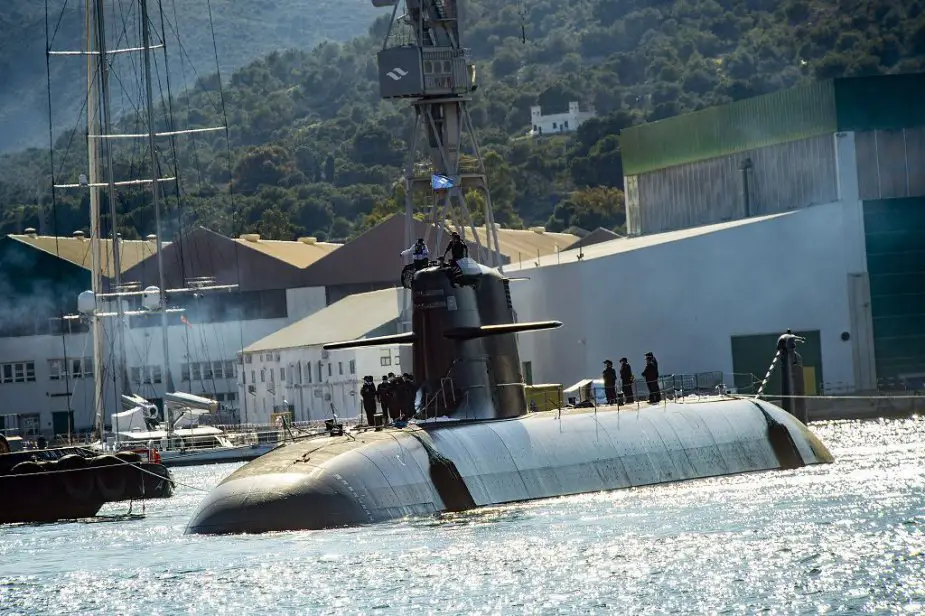
An unnamed Indian Navy official has shed light on the potential replacement for India’s Kilo-class submarines, currently nearing the end of their operational lifespan. The official, speaking to idrw.org, suggests that the Spanish-built S-80 Plus class submarines could be a perfect fit.
The Kilo-class submarines, procured in the mid-1980s, have served India’s maritime interests for decades. Extensive refits and upgrades have extended their operational life, but their time is coming to an end. The Navy is now exploring options for their replacement. Project-75I tender will see induction of six new submarines that will replace order Kilo Class of Submarines.
Continue readingSOURCE: RAUNAK KUNDE / NEWS BEAT / IDRW.ORG
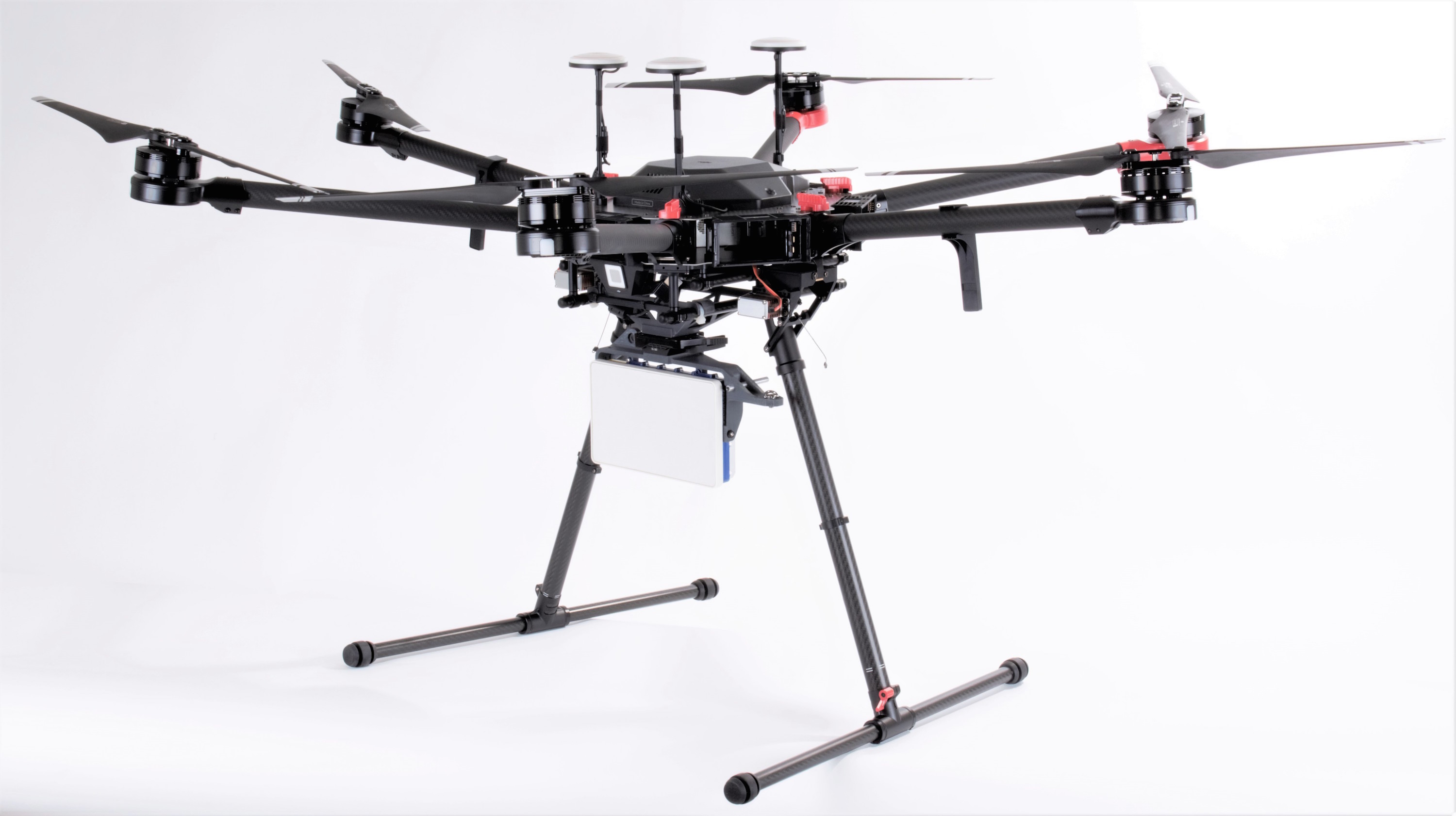
The Indian Air Force (IAF) has expressed keen interest in the development of reconfigurable phased-array radar systems integrated into drones. This technology promises significant advancements in airborne surveillance and target detection capabilities.
Phased-array radars are electronically steered antenna systems that offer several advantages over conventional mechanical radar systems. They can rapidly switch beams in different directions without physically moving the antenna, allowing for faster scanning and improved tracking accuracy. Reconfigurable phased-array radars take this a step further by enabling the dynamic adjustment of beam shape and frequency, providing even greater flexibility in detecting and identifying various targets.
Continue readingSOURCE: RAUNAK KUNDE / NEWS BEAT / IDRW.ORG
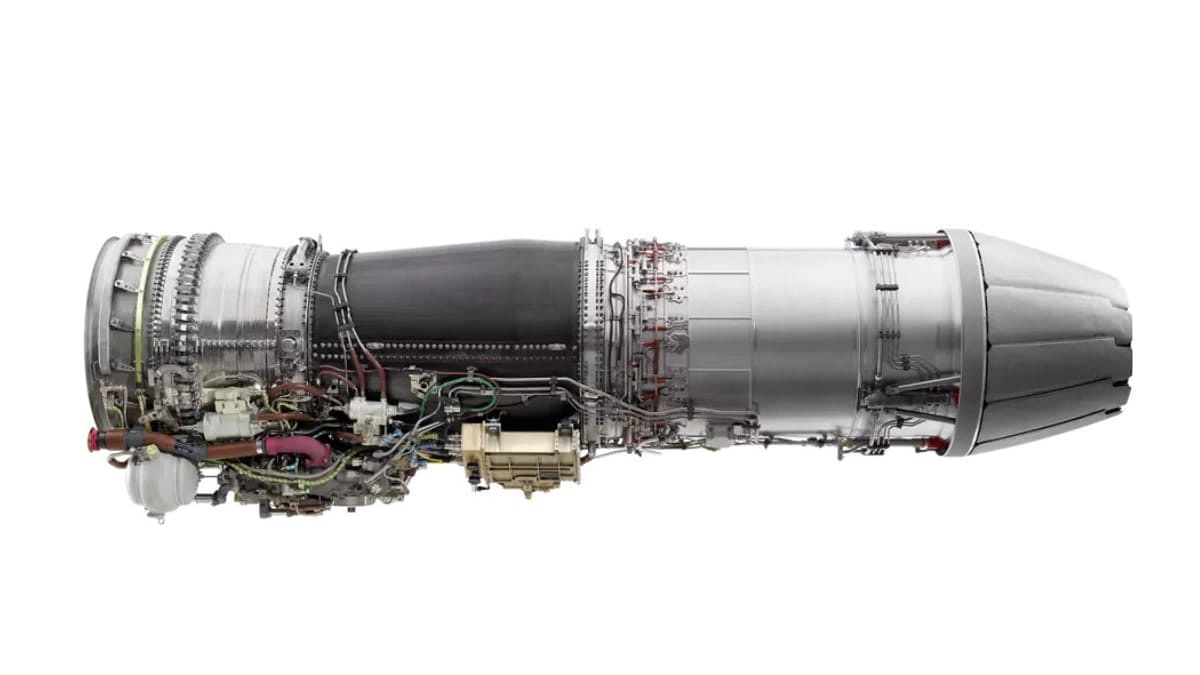
The Aeronautical Development Agency (ADA) has issued a tender for maintenance, testing, and field service support of GE-F404 and GE-F414 engines. These engines are critical for powering various LCA (Light Combat Aircraft) variants, including the Tejas PV, LSP, and NP series. The GE-F414-INS6 engines will also be used in upcoming LCA-AF Mk2 and AMCA fighters.
Currently, ADA manages the maintenance of 10 GE-F404-F2J3 engines, 17 GE-F404-IN20 engines, and 9 GE-F414-INS6 engines. To further enhance its capabilities, ADA has established a comprehensive MRO (Maintenance, Repair, and Overhaul) facility for GE engines at GTRE, Bangalore. This facility includes a module replacement shop and a roof-mounted engine test bed located at Test Cell #5.
Continue readingSOURCE: RAUNAK KUNDE / NEWS BEAT / IDRW.ORG

In a strategic move to bolster its defence capabilities, India’s State-owned Hindustan Aeronautics Limited (HAL) is gearing up to address the Indian Air Force’s (IAF) requirement for Medium Transport Aircraft (MTA). As reported by idrw.org, HAL is not only contemplating developing its offering but also exploring the possibility of collaboration with established Original Equipment Manufacturers (OEMs) in the aerospace industry.
The IAF, cognizant of the need to modernize its fleet, is in the process of refining the specifications for the MTA following thorough studies. It aims to replace the ageing Soviet-era An-32 and IL-76 transport aircraft by mid-2035, as highlighted by recent statements from the IAF chief.
Continue readingSOURCE: RAUNAK KUNDE / NEWS BEAT / IDRW.ORG

In a significant development in the realm of defence technology collaboration, the EDGE Group is currently engaged in discussions with India’s state-owned Hindustan Aeronautics Limited (HAL) for the joint development of unmanned aerial vehicles (UAVs). This strategic partnership aims to leverage the respective strengths of both entities, enabling them to pool resources, share knowledge, and collectively promote advanced weaponry systems on the global stage.
sources familiar with the matter have confirmed to idrw.org, that the EDGE Group is particularly interested in co-developing an India-specific variant of its REACH-S Medium Altitude Long Endurance (MALE) UAV. The REACH-S UAV is a fixed-wing drone designed to meet the specific operational requirements of the Indian defence forces. With a take-off weight of 600kg and the capability to carry a payload of up to 120kg, the REACH-S UAV boasts impressive specifications.
Continue readingSOURCE: RAUNAK KUNDE / NEWS BEAT / IDRW.ORG

The Defence Research and Development Organisation (DRDO) has unveiled the Advanced Hydro-Gas Suspension Unit (AHSU) for the Arjun Mk.1A main battle tank (MBT). This new technology represents a significant upgrade from the existing Hydro-Pneumatic Suspension Unit (HSU) used in the Arjun Mk.I.
The AHSU is a trailing arm-type suspension system specifically designed for the Arjun Mk.1A. It incorporates a gas spring and an integrated hydraulic damper, offering several advantages over the previous HSU.
Continue readingSOURCE: RAUNAK KUNDE / NEWS BEAT / IDRW.ORG
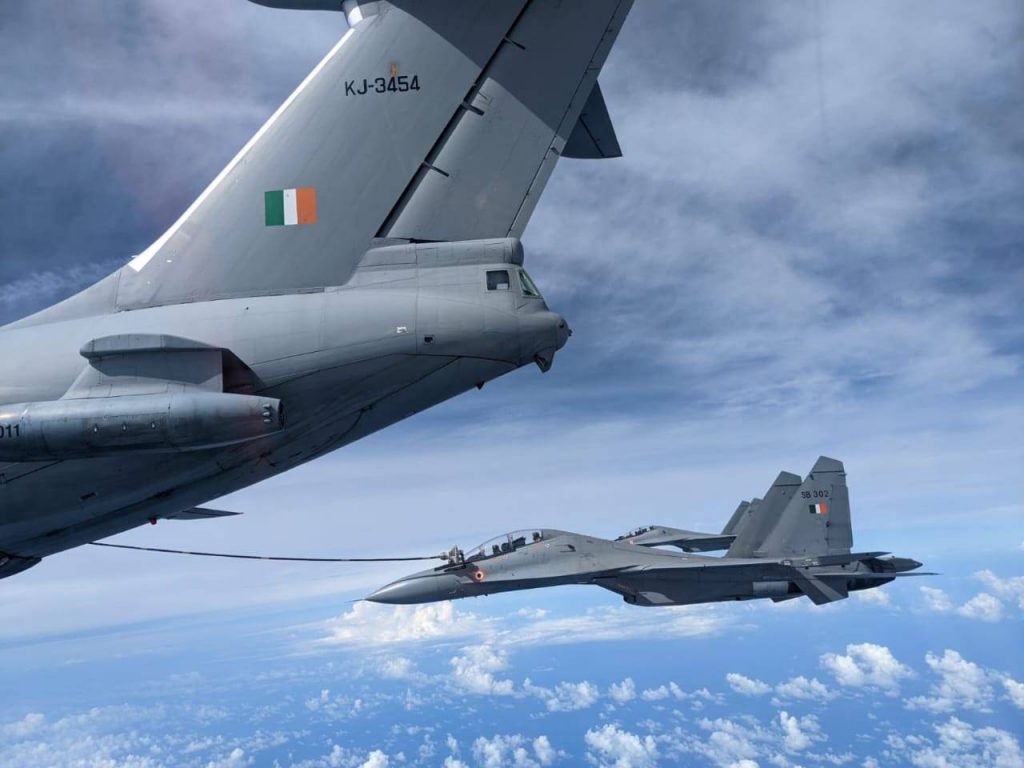
The Indian Air Force (IAF) is taking a fresh leap towards bolstering its mid-air refuelling capabilities. Last month, the Ministry of Defence (MoD) granted a renewed Acceptance of Necessity (AoN) for the procurement of six mid-air refuelers.
The IAF currently operates a fleet of six Russian-made IL-78MD aerial refuelers. However, these have faced serviceability issues and are deemed insufficient to meet the needs of the IAF’s growing fleet of fighter jets. The IAF has expressed a requirement for a total of 18 air refuelers to effectively extend the operational range of its combat aircraft.
Continue readingSOURCE: RAUNAK KUNDE / NEWS BEAT / IDRW.ORG

India’s Defence Research and Development Organisation (DRDO) is making significant strides in bolstering the country’s nuclear deterrence capabilities with the development of the K-5 submarine-launched ballistic missile (SLBM).
The K-5, currently under development, boasts an impressive range of 5,000 kilometres. This extended reach allows Indian submarines to launch attacks from a greater distance, enhancing their survivability and strategic deterrence.
Continue readingSOURCE: RAUNAK KUNDE / NEWS BEAT / IDRW.ORG
The Aeronautical Development Establishment (ADE), a leading laboratory under India’s Defence R&D Organisation (DRDO), has issued an Expression of Interest (EoI) for Indian companies to collaborate on the development of a new experimental unmanned aerial vehicle (UAV).
This project seeks participation from reputable Indian companies with proven expertise and experience in various engineering fields crucial for UAV development. These fields include:
Continue readingSOURCE: RAUNAK KUNDE / NEWS BEAT / IDRW.ORG
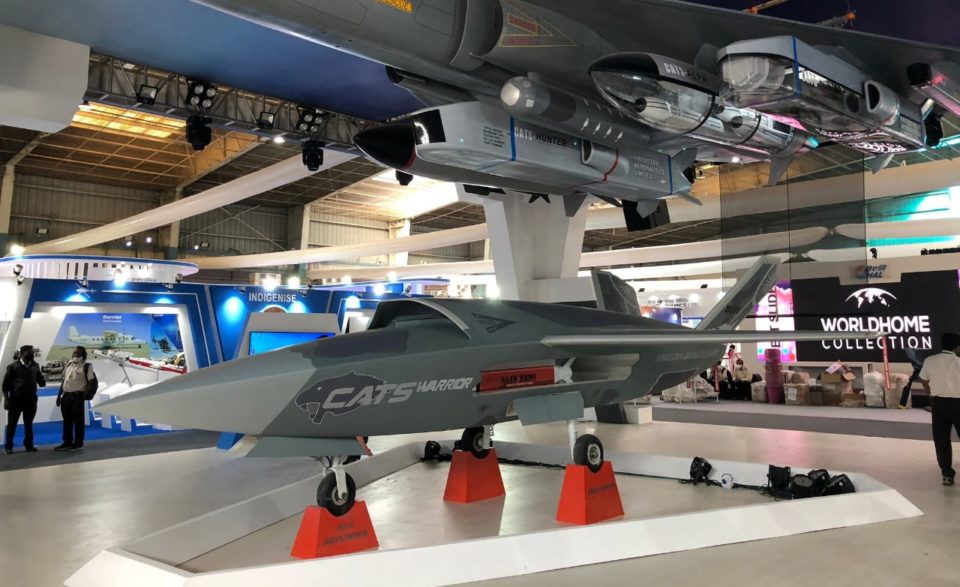
The Indian Air Force (IAF) is setting its sights on the future of aerial combat with its ambitious “Loyal Wingman” program. This initiative seeks to procure a fleet of 200-250 unmanned, semi-autonomous aircraft designed to fly alongside manned fighter jets.
Local powerhouse Hindustan Aeronautics Limited (HAL) is spearheading this program, proposing the development of two distinct classes of these uncrewed combat aerial vehicles (UCAVs) in collaboration with a private sector company.
Continue readingSOURCE: RAUNAK KUNDE / NEWS BEAT / IDRW.ORG

India achieved a significant milestone in its defence development on March 20, 2024, with the successful test-firing of its first indigenously-made 1500-horsepower (HP) engine for Main Battle Tanks. This groundbreaking engine was developed by BEML’s Engine division in Mysuru and represents a major leap forward in India’s quest for self-reliance in military technology.
Sources familiar with the program, speaking to idrw.org, revealed plans for the next phase of development. The “Generation Two” iteration of this engine will be used for crucial trials on older Arjun tank prototypes starting in mid-2025.
Continue readingSOURCE: RAUNAK KUNDE / NEWS BEAT / IDRW.ORG

The Indian Space Research Organisation (ISRO) has achieved a significant milestone with the successful autonomous landing of its Reusable Launch Vehicle (RLV) technology demonstrator, named “LEX.” This mission marks a major step forward in developing a cost-effective and reusable space transportation system.
The RLV LEX is a winged space plane designed to take off vertically, reach orbit, deploy satellites, and then return to Earth for a runway landing. Unlike traditional expendable rockets, the RLV can be reused multiple times, significantly reducing launch costs. ISRO’s recent mission focused on the crucial landing phase, demonstrating the vehicle’s ability to autonomously navigate and land under challenging conditions.
Continue readingSOURCE: RAUNAK KUNDE / NEWS BEAT / IDRW.ORG
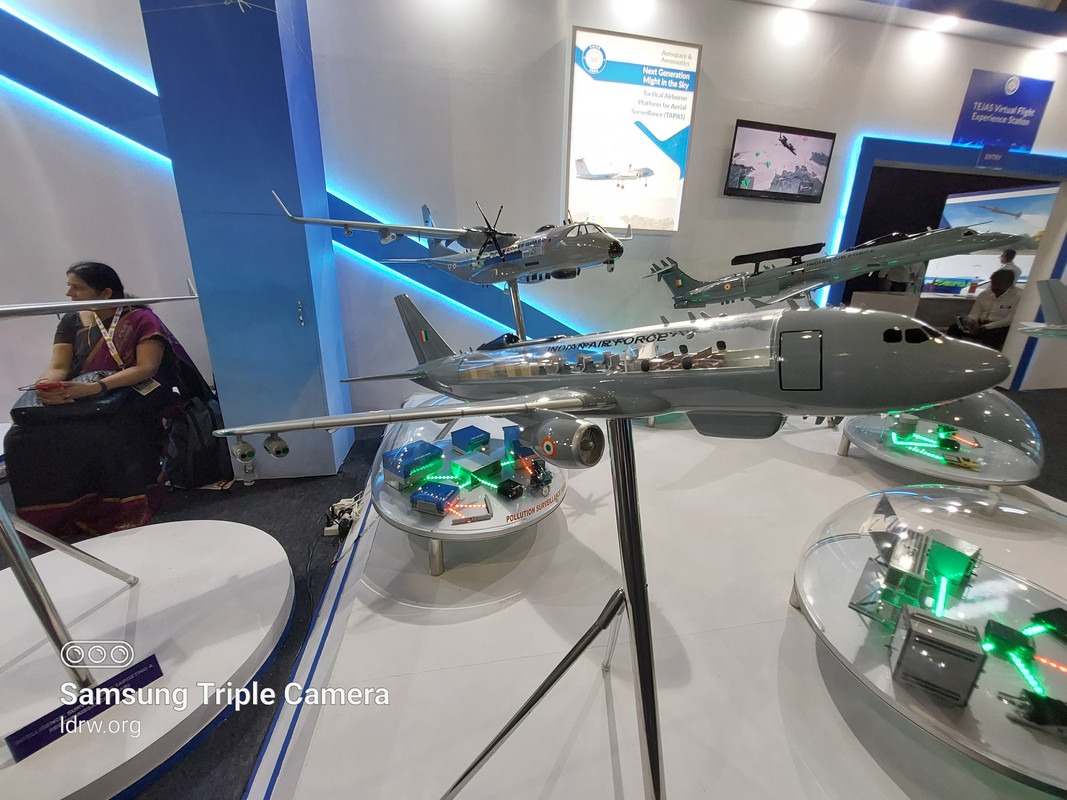
India is seeking assistance from Western defence companies in its ambitious “Made in India” project to develop a fleet of three Signal Intelligence (SIGINT) and Communications Jamming (COMJAM) aircraft. This move comes as authorities in New Delhi ramp up efforts to bolster the country’s electronic warfare capabilities.
American defence giant L3Harris and French electronics leader Thales have both reportedly offered their expertise to aid India in developing these specialized aircraft. However, the complexity of SIGINT and COMJAM technologies appears to be prompting Indian authorities to leverage Western know-how.
Continue readingSOURCE: RAUNAK KUNDE / NEWS BEAT / IDRW.ORG

The iDEX ADITI initiative, a program fostering innovation in critical defence technologies, has launched a new challenge focused on revolutionizing underwater object identification. This project seeks advancements in Underwater Object Identification using Aerial Hyperspectral Imaging and AI (Artificial Intelligence).
The challenge hinges on leveraging Underwater Hyperspectral Imaging (UHI) technology. UHI boasts the remarkable capability of identifying and classifying objects underwater with exceptional detail, even at depths of several hundred meters. This technology promises to significantly enhance the Indian Navy’s ability to detect and analyze objects of interest within the vast underwater domain.
Continue readingSOURCE: RAUNAK KUNDE / NEWS BEAT / IDRW.ORG
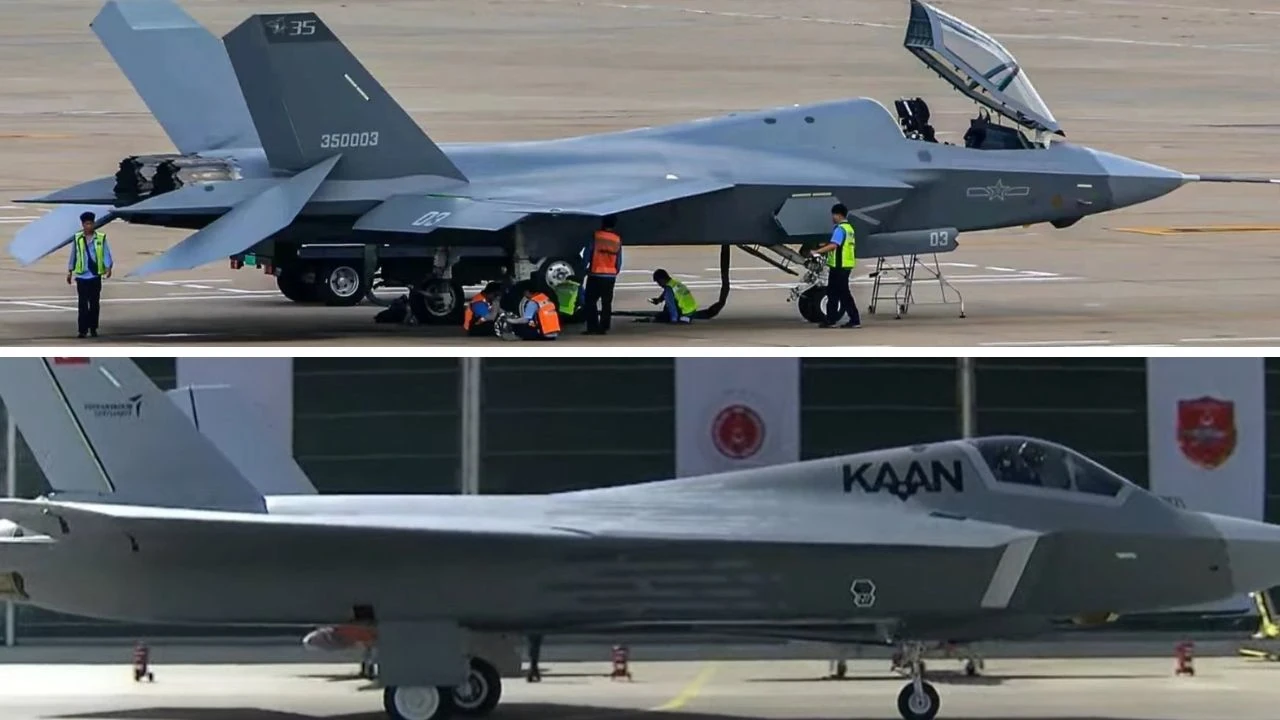
Pakistan’s future fighter jet procurement plans remain shrouded in some mystery. While initial reports suggested interest in joining Turkey’s TF-X (KAAN) program, recent developments point towards a potential shift in focus.
Pakistan Air Force (PAF) Chief’s recent confirmation of interest in the Chinese FC-31 stealth fighter upon its completion casts doubt on their commitment to the KAAN program. While details are scarce, it appears the PAF may be prioritizing the FC-31.
Continue reading